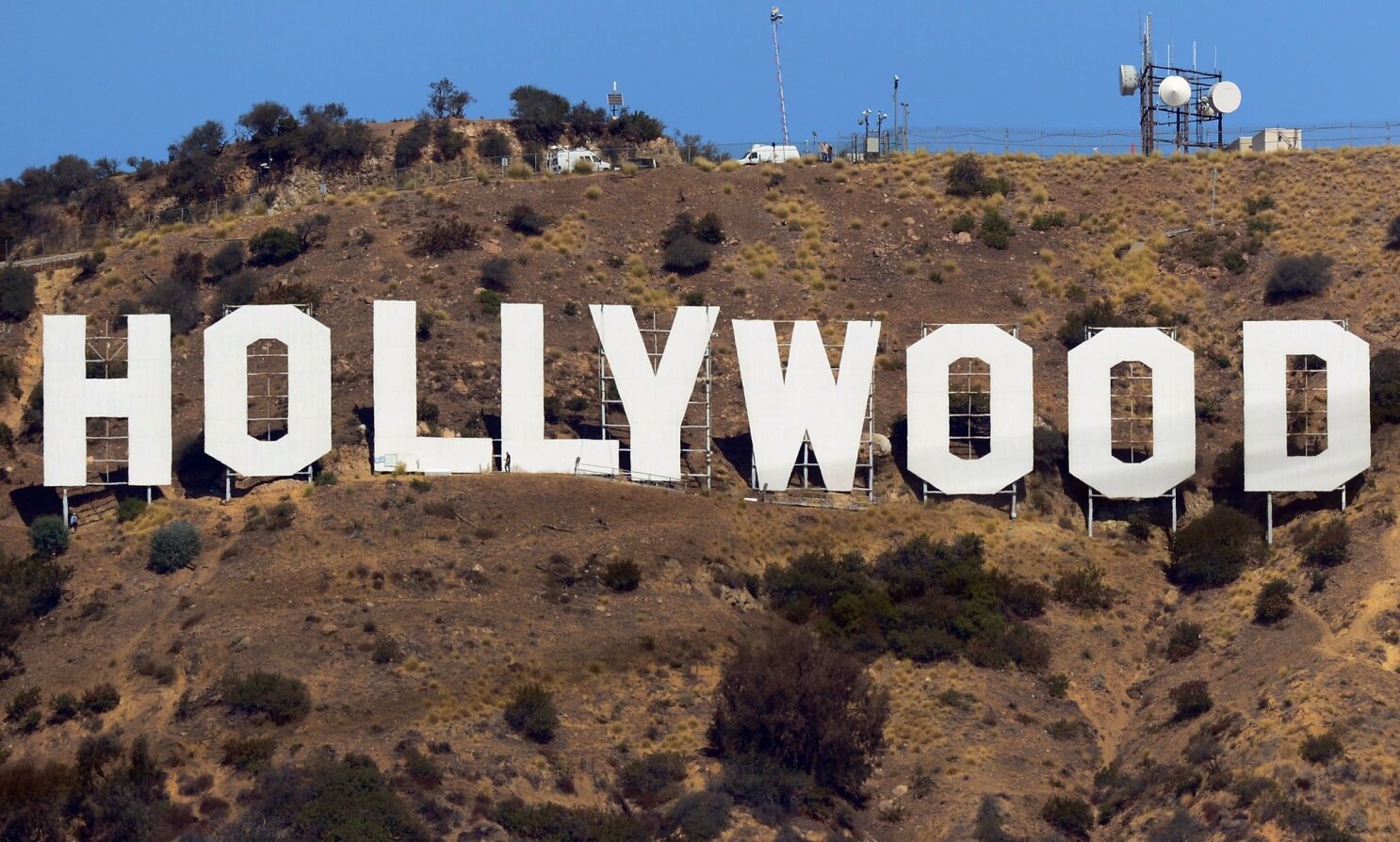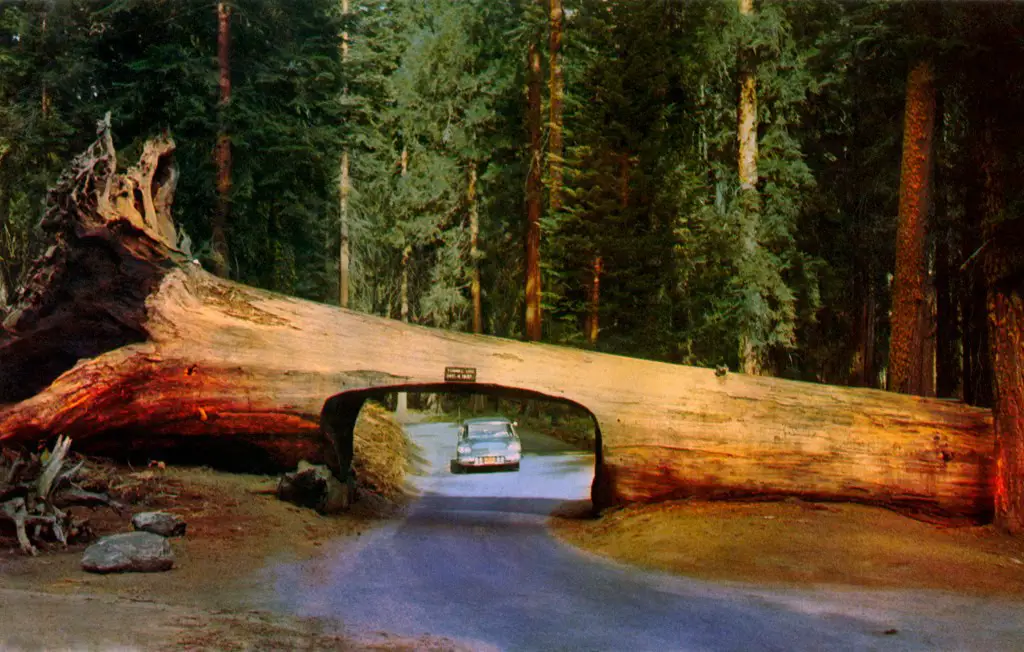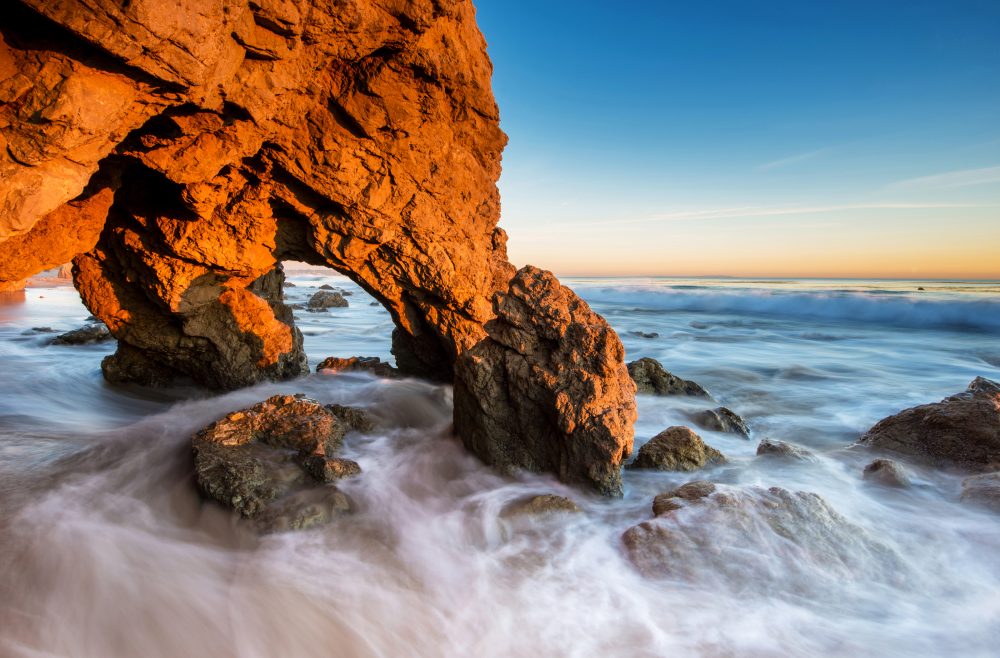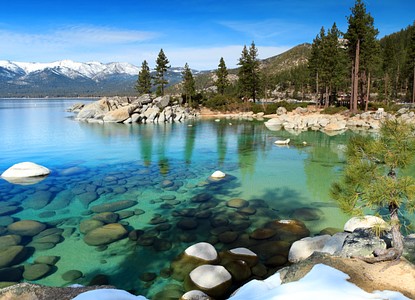Golden Gate Bridge
Crossing the strait of the Golden Gate from San Francisco's Presidio to the Marin headlands for 1.7 miles is the world-renowned Golden Gate Bridge, easily identified by its International Orange color. Opened in 1937, the bridge was built at a cost of $35 million in principal and $39 million in interest and 11 workers’ lives. The single-suspension span is anchored by twin towers that reach skyward 746 feet, and was once taller than any building in San Francisco. To support the suspended roadway, two cables, each more than 7,000 feet in length and both containing 80,000 miles of wire stretch over the top of the towers and are rooted in concrete anchorages on shore. More than 10 years in planning due to formidable opposition, but only four years in actual construction, the Golden Gate Bridge brought the communities of San Francisco and Marin counties closer together.
:no_upscale()/cdn.vox-cdn.com/uploads/chorus_image/image/66908002/Sheila_Fitzgerald.0.jpg)
/aerial-view-of-a-castle-on-a-hill--hearst-castle--san-simeon--san-luis-obispo-county--california--usa-157861956-5c223a06c9e77c0001d442b1.jpg)





